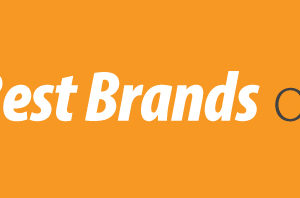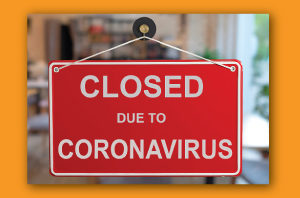
It isn’t unusual for major brands to disappear. Many brands such as Circuit City, Borders, and Blockbuster are likely to be gone forever. What is rare however is to see major brands resurrect themselves. Here are some comeback stories of brands that neared extinction but were able to turn themselves around.
Lego
The Lego Group has been in business since 1932. For many decades, Lego was a leading toy manufacturer and a household name. Lego fell on hard times however as Lego’s sales dropped 40% in the two years since 2002. One of the main reasons for the drop in sales was the growing popularity of electronic toys.
In 2004, the company was almost $1 billion in debt and was very close to going bankrupt. The brand recovered however and has become one of the world’s most valuable toy companies. Lego reduced its workforce and discontinued many of its unpopular toys. In 2004, CEO Jorgen Vig Knudstrop made deals to receive licensing from the popular toys and stories such as: Star Wars, Toy Story, and Lord of the Rings. These deals and new product lines have greatly contributed to Lego’s new found success.
Marvel
Perhaps the most recognizable brand in the comic book industry, Marvel is home to many popular characters such as: Spider Man, X-Men, and The Hulk. Marvel hit a serious slump and filed for bankruptcy in 1996 after declining sales of comics and trading cards.
The brand made a comeback however after the company made a shift into the movie business. In the year 2000, Marvel released the X-Men movie. The movie was a huge success and led to many more successful movies such as Spider Man. In 2009, Marvel was purchased by Disney for $4 billion and has been releasing even more hit movies ever since.
Old Spice
Old Spice is a brand that has been around since 1938 and it attained a huge amount of popularity by the 1970s. By 1990, the brand became tired and was associated with older, aging customers. Young people in particular were avoiding the brand.
In the year 2000, now owned by Proctor and Gamble, the company revamped the brand and its advertising. The new advertising focused on the younger generation using tag lines such as: “Smell Like a Man” and “If your grandfather hadn’t worn it, you wouldn’t exist.”
Old Spice not only changed their advertising, but also changed: their scent, marketing icon (Isaiah Mustafa), image logo, and their product name. By 2010, sales increased by an astounding 107%.
Nintendo
In the eighties and nineties, Nintendo dominated the market with its Gameboy, Nintendo Entertainment System, and Super Nintendo. In the mid-90s however, Sony entered the marketplace with the Playstation. Nintendo introduced the Nintendo 64 in the mid-nineties as well. While the N64 sold well, the Playstation sold more than double the amount of units than the Nintendo 64 sold.
In the early 2000s, Nintendo lost even more market share due to the success of the Playstation 2 and Microsoft’s Xbox. Nintendo eventually recovered however with the release of the Wii in 2006. The Wii blew its competition out of the water and according to Nintendo, has sold over 100 million units.
Apple
Perhaps the greatest brand comeback story ever is Apple. In the early eighties, Apple was a premiere personal computer manufacturer. That all changed when Apple co-founder Steve Jobs left his position in 1985. The company continued to perform well in the late eighties but the company began to perform poorly in the mid nineties.
Jobs returned to the company in 1997 and worked to turn the company around. Apple began its path to success after it released the iMac in 1998, which was followed by the iPod in 2001. These products made Apple a top competitor in the consumer electronics marketplace. Apple also opened its first Apple Store in 2001 and Apple Stores have more sales per square foot than almost any other retailer. Apple cemented its top brand position by introducing more products such as the iPhone and iPad. Apple went from near bankruptcy to the world’s most valuable brand.
We would like to thank Fox Business for their informative article on Brand Revival.
Related Content:
1 Comment
Pingbacks
-
[…] Not to mention, Rihanna’s 13.3 million Instagram followers and 38.5 million Twitter followers is also helpful for Puma’s brand presence. Fans of Rihanna will support the new partnership with Puma especially since it’s now representing a non-traditional look on sports and lifestyle. Rihanna empowers women everywhere to be confident and embrace individuality, and with her keen sense in style and fashion, Puma is looking forward to making a comeback with a new look on footwear and apparel. Related Content: Brand Comeback Stories […]




